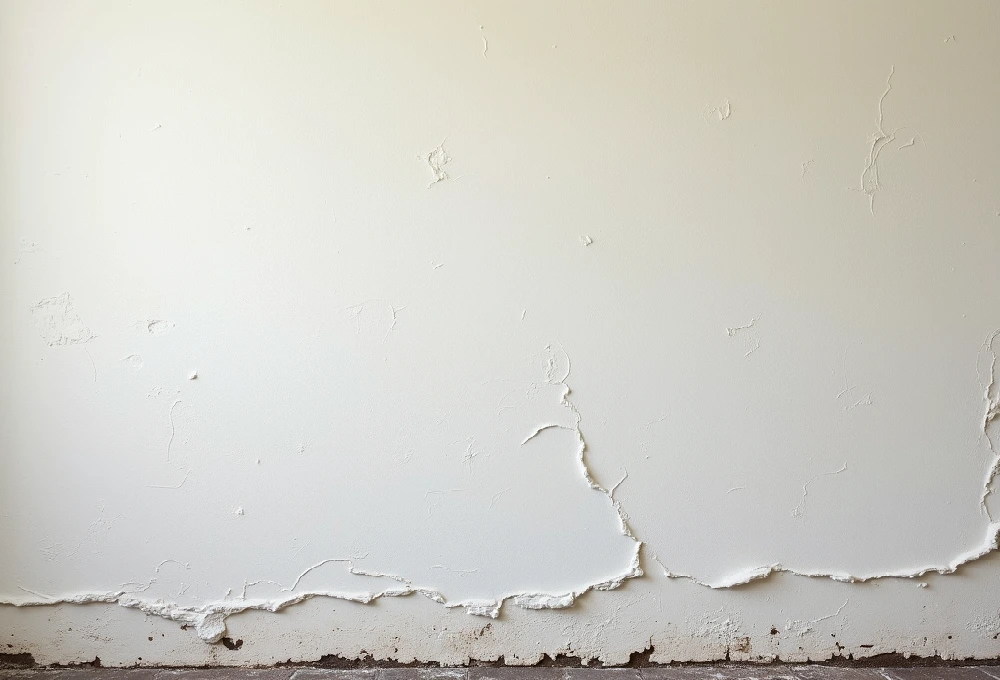Did you know that the drywall and building plaster market is projected to reach $8.06 billion by 2031? This goes to show that wall finishes are still used in construction and home renovations.
Plaster walls bring a touch of elegance and durability to interiors. However, they can also present some common issues that homeowners or renovators need to address.
This article will guide you through typical problems with plaster wall finishes. We will also provide practical solutions to fix them. Read on to ensure your walls look impeccable and last for years to come.
Cracking
Cracking is one of the most prevalent problems with contemporary wall treatments. There are several possible causes for this. This may be caused by the structure settling, variations in temperature, or ineffective application methods.
To fix this issue, you will need to clean out the crack and fill it in with fresh plaster. It’s essential to use a plaster mix that matches your existing wall finish for a seamless repair. Consider checking the extra time plaster retarder to allow for a smoother application.
You can also prevent cracking in the future by ensuring proper installation techniques. You can also use flexible joint compounds on corners and seams.
Bulging or Bubbling

Bulging or bubbling occurs when the plaster separates from the wall surface. This creates a protruding area. This can happen due to moisture build-up or improper installation.
To fix this issue, you will need to remove the damaged plaster and replace it with a fresh coat. Make sure to address any moisture issues before applying new plaster. You can also consider using a waterproofing sealer on the wall surface to prevent future bubbling.
Efflorescence
Efflorescence is the white, chalky substance that appears on plaster walls. This occurs when moisture passes through the wall and brings salt deposits to the surface. This can happen due to high humidity levels or water leaks.
To remove efflorescence, you will need to scrape it off with a wire brush. Then clean it with a mixture of water and vinegar. If the issue persists, it’s essential to address any underlying moisture problems and seal the wall surface.
Staining
Stains on plaster walls can be caused by water leaks, smoke, or even furniture. These can leave unsightly marks that can ruin the overall appearance of your walls.
To fix this issue, you will need to first identify and address the source of the stain. Then you can use a stain-blocking primer before repainting the affected area. For tougher stains, consider using a specialty cleaning product formulated specifically for plaster walls.
Peeling or Flaking
Peeling or flaking occurs when there is poor adhesion between the plaster and wall surface. This can happen due to inadequate surface preparation or moisture issues.
To fix this issue, you will need to remove the damaged plaster and properly prepare the wall surface before applying a new coat. This may involve sanding, priming, and using a bonding agent.
Repairing Plaster Wall Finishes
Plaster wall finishes can provide a beautiful and durable option for your home. However, they require proper installation and maintenance to prevent common issues from arising.
By understanding these problems and their solutions, you can ensure that your walls remain in top condition for years. With the right plaster wall techniques and products, you can keep your plaster walls looking flawless and add value to your home.
Transform your walls with stunning plaster finishes! Visit MashMagazine.co.uk for expert tips and ideas to create timeless interiors.